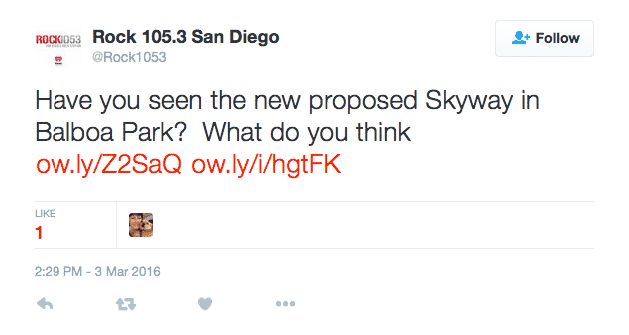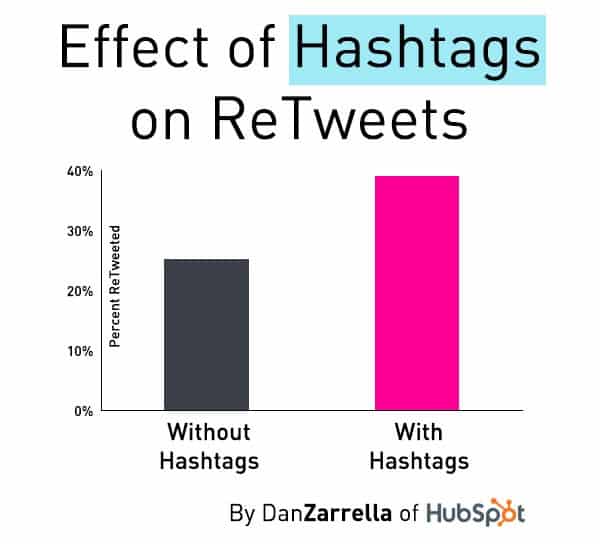In Part 1 of Social Media Best Practices, we reviewed different tactics and tips to improve business accounts for Twitter, Facebook, Instagram, and LinkedIn. Part 2 of this series covers rules everyone and anyone who manages social media accounts should live by. Long gone are the days of publishing unorganized content and hoping for the best on social media accounts. Find success for your business on social media while increasing engagement, conversions, and creating real connections with these rules to follow below.
Post Timely On Each Social Media Network
Unfortunately, there is no best time for posting on all social media networks. Scheduling a post to publish at noon on Facebook can receive different engagement than scheduling the same post at 3:45 p.m. on Twitter. There are plenty of recommendations and studies out there on “best times” to post on each individual network, but those predictions don’t always correlate to your specific demographic and their most engaged times.
The best way to discover a good posting time of a day, and day, to post is through checking analytics. Facebook Insights will tell you exactly what day and time your Business Page posts are receiving the most engagement and when fans are most active. Although not every social network offers detailed time of day analytics like Facebook does, you can still use tools and A/B testing to discover the perfect time zone for your demographic.
Ask Questions, Listen, and Respond
Need feedback on a new product? Head to your company’s social media accounts and start asking away. People are comfortable expressing their opinions online, especially on social media, so be prepared to get a variety of opinions when posting questions on social media. There are several different types of questions that are appropriate for businesses to ask on social media, such as:
- How did we do?
- How can we improve?
- What can make your day better?
- What should we think of next?
Gather several different ideas from asking questions on social media to inspire engagement, as well as insight for future business ventures.
Think of Hashtags As Your Friend
Hashtags are a great way to join the viral stream in social media. Twitter and Instagram are two of the best social media networks to utilize hashtags with. People have seen a 100 percent increase in engagement when using hashtags on Twitter, with brands receiving a 50 percent increase. Other networks like Google+ and Facebook still use hashtags and the idea of streaming hashtags together, but aren’t as popular nor used as much as Twitter and Instagram. When hashtagging properly, and minimally, it can benefit a brand’s exposure and increase engagement from new fans on social media.
But, Avoid Using Too Many Hashtags
A post with too many hashtags shows inexperience from a business, and it’s hard to digest. To make sure your business’ hashtag use isn’t reflected poorly, follow this basic hashtag etiquette:
- Join hashtags that make sense for your brand. #PrayForKanye won’t make sense for a financial institution unless they tweet, “We’d love to help you open a new loan, @Kanye! #PrayForKanye”. Find a way to make the trending hashtag relate to your business or avoid using it altogether.
- Be careful getting your hopes up with new hashtags. Don’t expect a brand new hashtag to explode overnight. Unless you have the right exposure, and advertising budget, a new hashtag that you just created for the business might not generate a 1,000 posts on Instagram until it’s received the right amount of exposure. Try using new hashtags when created contests and giveaways to increase the chance of visibility.
- #AvoidLongHashtagStreamsThatAreHardtoRead. Don’t hashtag too many words together. It’s hard to read and can be misunderstood by followers.
Don’t Be Afraid To Be Funny
Too often we take things too seriously. Lighten up the mood on your social media profiles and shine light on the business by adding humor to posts. Businesses like Buzzfeed rely on their humorous posts on social media to generate shares, viral posting, and to drive traffic. A more serious industry such as insurance or medical shouldn’t be afraid to be funny on social media either, as long as it’s balanced with informative and call to action posts. For example, an insurance company shouldn’t try to compete with Buzzfeed on their amount of humor posts published on Facebook, but should add 1-2 posts a week to brighten up the industry.
Include Real Personality in Posts
Similar to the idea of being funny, it’s important to add a specific personality to each post. The personality of a post is the way content is worded and images are taken. Does the business have an ironic tone with it’s branding materials? Match that same tone when posting content on social media. If multiple people are managing each social media account make sure each post includes the same type of voice and personality for fluidity.
Post on Multiple Social Media Networks
Has the business only been posting new content on Facebook? If so, try switching it up and posting on LinkedIn, Twitter, and/or new and trendy channels like Snapchat. In doing so, you may find that efforts are better spent on Twitter or Instagram, versus all of the content being shared on just one channel. Plus, Facebook may not be the perfect fit for every business demographic. Spend time and allot part of the marketing budget to posting new content and advertising on other social media channels.
Create a Social Media Posting Calendar
A social media calendar is a lifesaver for those who manage business accounts, especially multiple accounts. Use the calendar to break up the type of content shared on social media, which content is shared on which days, and what type of content is shared on different social media networks. Divide the content into specific days for specific topics so each social media network is fluid and it’s followers have an expectation of content.
Here’s a social media schedule for Facebook that any business can follow:
- Monday – New blog post.
- Tuesday – Share a photo or video of the business. Give users a behind-the-scenes glimpse of employees, products being made, the building, etc.
- Wednesday – Offer or promotional post.
- Thursday – Old blog post.
- Friday – Happy Friday, humor, or quote post. People are usually happier on Friday than the other days of the work week so it’s a good day to post your funny or lighter content.
- Saturday/Sunday – These are more relaxed days for posting that can include a soft hint for an offer or event details. Post behind-the-scenes posts or how the company spends its weekends for a more personal feel.
Don’t Forgot How to Be Human
It can be pretty easy to fall into the “robot tone” of voice when posting on social media on a daily basis. As a rule of thumb, if something you are about to post isn’t exciting or doesn’t interest you, it most likely won’t interest your followers either. Publish content as a human representing a business, and not the other way around. Have a colleague, friend, or spouse read your social media calendar from time to time to see if the content makes sense and offers opportunity for engagement.
Does your social media team follow specific guidelines? Comment below with your rules to live by for managing a company’s social media accounts.





